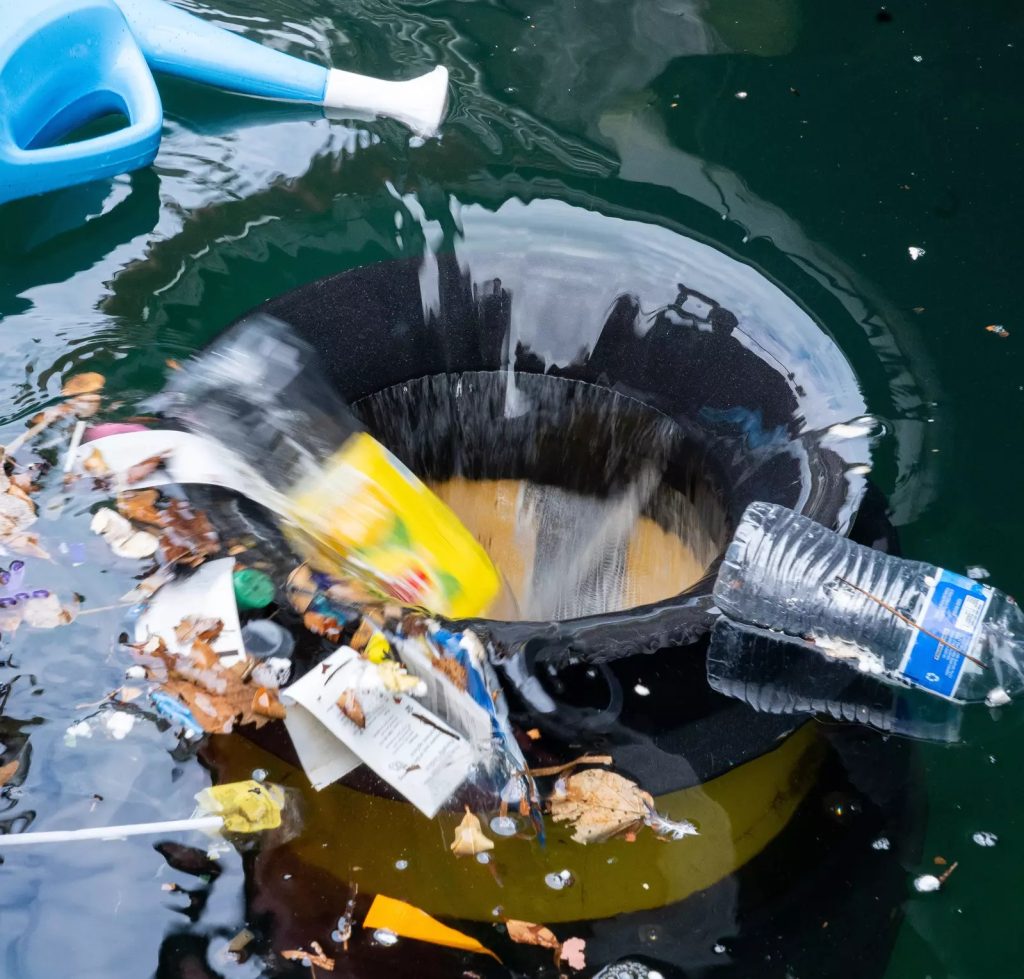Plastic pollution is among the most pressing environmental issues given the rapid increase of disposable plastic products over the past decade. Every year, about 8 million tons of plastic waste escapes into the oceans from coastal nations, and forecasts suggest this could double by 2025 if drastic action is not taken.
1. Seabin project
Seabin Project is a clean tech startup on an ambitious mission to help solve the global problem of ocean plastic pollution and ocean conservation. Andrew Turton and Pete Ceglinski launched Seabin Project in Australia, back in 2015, to extract plastic from the ocean. As part of the project, floating “seabins” were installed to skim plastics and other debris from harbour water before they can reach the ocean — a key preventive solution previously identified by scientists and conservationists, including the National Geographic Society.
Each bin can capture 90,000 plastic bags a year.
Learn more: https://t.co/ZZX0Masf50@Seabin_project pic.twitter.com/o3xjEixIKQ
— World Economic Forum (@wef) September 23, 2022
“We are now in the 6.0 (next generation technology), which includes smart technology, water sensors and a modem for cloud-based or IoT connectivity,” said CEO and co-founder Ceglinski, explaining how their commercial product acts as a floating garbage bin and intercepts trash, oil, fuel and detergents. Data estimates suggest their technology with each Seabin allows them to capture 90,000 plastic bags every year for less than $1 a day. The collected debris is then recycled or sent to a waste management facility.
2. Capturing marine litter
The Seabin Project is accelerating its global expansion with the “100 cities by 2050” campaign, selecting Marina Del Rey in Los Angeles as the second city after Sydney, Australia. From July 2020 to November 2022, the project captured 100 tons of marine litter in Sydney, while in Los Angeles, 2.1 tons were captured between July 2022 to November 2022. The city choices weren’t random as the team believes the world’s marinas and ports are the perfect places to start helping clean the oceans.
With no huge open ocean swells or storms inside the marinas, these relatively controlled environments provide the perfect locations for Seabin installations.
The Seabin Project
3. A severe problem
Most of the plastic trash in the oceans flows from land. Trash is also carried to sea by major rivers, which act as conveyor belts, picking up more and more trash as they move downstream. The problem increases when plastics break down into microplastics moving freely through water and air. Plastics often contain additives making them stronger, more flexible, and durable. But many of these additives also extend the life of products when they become litter, with some estimates ranging to at least 400 years to break down.

Poonam Watine, Knowledge Specialist at the World Economic Forum’s Global Plastic Action Partnership, believes that innovative solutions like the Seabin can prove to be a significant step in the right direction to mitigate and prevent plastic pollution.
“High impact and inspiring trailblazers like Seabin provide a glimmer of hope on how to take action to the impending plastic crisis through alternative solutions,” said Watine.
